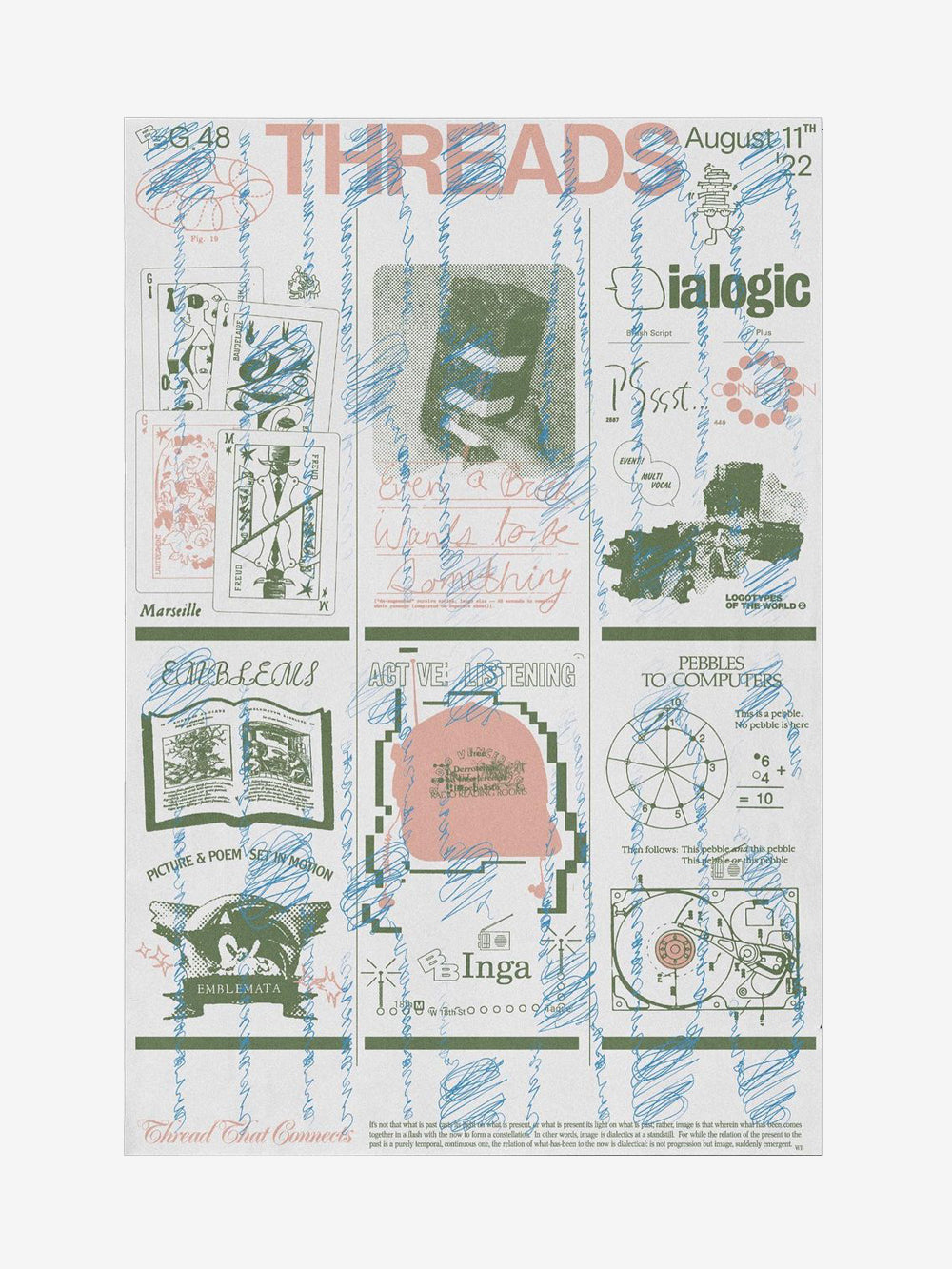



Brown Corduroy Flat-billed Hat
Buckled Closer - 100% Cotton Corduroy
From Boot Boyz Biz:
Open University
When the Open University was founded in 1969, being “open to people” meant providing education and the opportunity to pursue certified degrees to working adults who had not previously had the chance to study. One of its early advertisements asked: “If you didn’t have the chance to go to university after school, what are you doing after work?” No prospective student would be turned down because they had no previous academic qualifications.

Despite its physical presence in Milton Keynes, Lord Crowther described the university in his inaugural speech as “disembodied and airborne,” one capable of flowing “all over the United Kingdom.” The university would go “on air” starting in 1971, finding its place inside BBC’s regular radio and television broadcasting schedule. Each course was produced by three distinct teams: course faculty, educational technology, and media production. For the first ten years, course units were even scripted, presented, recorded, and edited at BBC’s studios at Alexandra Palace. In those areas of the country out of broadcasting range, physical copies of the film and audio ensured its reach. And a wide network of almost 300 study centers made the territorial system local.

Television and radio programs were the most public-facing elements of its program, but on their own they could not live up to the responsibility of education. The fulfillment of its promise of homebound learning required a careful choreography between timed broadcasts, printed supplements, mail-order technical equipment, and assessments and tutorials by mail and over the phone. Dematerialized learning required careful encapsulation for the educational program to move safely through a dense domestic landscape of media and into the minds of its students. The traditional course syllabus was replaced by a broadcast schedule; bibliographies were compiled into print anthologies; laboratory experiments were repackaged and distributed as DIY kits; broad debates were synthesized as specific examples; and lectures were transformed into small documentaries.

Teaching through broadcast media implies addressing not a given class or discipline, but an unseen, unknown, and unspecified audience. Academic freedom, in this sense, was only good so long as it was fit to air. This meant that the course's language relied more on BBC’s manual of style, intended for a general audience, than on any professional jargon or set of standards. For the particular subject of modern architecture and design, addressed in the third level Arts course A305, this implied a performative approach that would relate to the general living experience of the audience. TV became a way of visiting a modern house, walking through the door, looking around, and communicating how it works. Radio, which at the time was one of the few modern objects common to most households, aired plays in which the voices of modern architecture and design’s protagonists communicated their work.

Through courses such as A305, The Open University extended higher education beyond a typical class of students by using media as a tool to transform both the production and transmission of knowledge. A305 used publication, correspondence, and a complex system of local and regional centres to disseminate that knowledge across an entire country.

The University Is Now on Air: Broadcasting Modern Architecture
Being Open - Architecture - e-flux

Radio of the Future
A key artist in Russian cubo-futurism, Velimir Khlebnikov was constantly searching by way of verbal experimentation, writing toward the utopia of a "stellar" universal language. "The Radio of the Future" is an essay written at the end of his life anticipating the possibilities of the new radiophonic medium (radio first started broadcasting in Russia in 1922). He conceives radio as a "central tree consciousness" or "a great wizard and sorcerer" which, with its waves, would "unite all mankind.” He saw the radio station as "a spider's web of lines" or "the flight of birds in springtime" which reveal the "news from the life of the spirit."

This beautiful evocation of the utopian potential of radio by the Russian Futurist poet Velimir Khlebnikov (1885-1922) belongs to a genre of speculative writing about radio that was quite common in the early days of that technology. The universal communicative power of the medium resonated with the ambitious social projects and artistic visions that sprouted across the globe in the wake of the First World War.
Significantly, Khlebnikov’s vision encompasses both the educational and aesthetic domains: radio is imagined as a medium both for the universal edification of mankind and for its musical delectation. Parallels to comparable celebrations of the internet in the later 20th century are easy to come by, suggesting that Khlebnikov’s evocation of the “radio of the future” is an early manifestation of one of the dominant techno-utopian idées fixes of our times.

Radio Reading Rooms
“These books of the streets will be known as Radioreadingwalls! Their giant dimensions frame the settlements and carry out the tasks of all mankind.”
In the hands of artists, this new medium would transport and project ideas instantly to the "unknown shores" of all humanity. Khlebnikov imagined that they could make "Radiobooks," "Radioreadingwalls," "Radioauditoriums" ("a concert stretching from Vladivostok to the Baltic"), "Radio and Art Exhibits," "Radioscreens," and "Radioclubs" where you could see and hear everything from the tiniest sound of nature to major events in the "exciting life" of cities. He understood that with this there would be a communication between the artist's "soul" and the people: "the artist has cast a spell over his land; he has given his country the singing of the sea and the whistling of the wind. The poorest house in the smallest town is filled with divine whistlings and all the sweet delights of sound."

This capacity of Radio led him to see it as "The Great Sorcerer," capable of transmitting even "the sense of taste:" people would drink water feeling that they were drinking wine; or smell: a Radio station "would give" the nation, for example, "the odour of snow" in the middle of spring. It would also be a "Doctor without medicine" curing from a distance by means of "hypnotic suggestion."
Another of the Radio's great qualities would be the organization of popular education through radiophonic classes and lectures. But Khlebnikov also warned that all this potential could be interrupted if a Radio station were damaged. That would generate "a mental blackout over the entire country." Thus it was necessary to protect the Radio Station with the word "Danger."

In this text, Khlebnikov anticipates the potential of mass media and its capacity for the globalization of ideas and opinion–although this "universal soul" was seen by him as positive, he already suspected some of its dangers. This text was possibly written in around 1921 in Pitigorsk, when Khlebnikov was working temporarily as a watchman in a telegraph agency, spending the long nights writing.
Velimir Khlebnikov/Radio budushego 1921 1927
The Radio of the Future

Pictures on Radio
Forty years ago at a local radio station in Bristol, presenter Joe Tozer and chief engineer Tim Lyons with management approval launched the show Datarama. It was dedicated to personal computers, and its feature was the transmission of programs “over the air.”

Authors played cassettes on the air, and listeners recorded sounding noises with their tape recorders. Then they were connected to a computer, and the computer interpreted the cacophony of sounds as a sequence of bytes.
RADIO West, the Bristol-based independent local radio station, is about to make broadcasting history. On Monday it will become the first in the world to transmit data information that can be programmed into computers during a live programme. The short bursts of information will be heard during a new weekly series called Datarama. It is aimed at microcomputer enthusiasts from schoolchildren to small businessmen.
The information will be broadcast on both the station’s medium wavelength and VHF. The first burst of electronic information on Monday will produce a Teletex type picture of film actress Cheryl Ladd. The men behind the whole idea are Radio West’s chief engineer, Tim Lyons, aged 31, and senior engineer, Edwin Tozer, 26. The information can either be received by a computer directly through a radio or through a cassette player.

The first computer program to be transmitted live, and on the 'night tapes', was a very chunky monotone graphic for the BBC micro and ZX81, of Cheryl Ladd, based on a photo printed in the London Evening Standard. in 1975.
It certainly didn't impress everyone, as Radio West journalist David Garmston put it " . . . and now the moment you've all been waiting for BEEEEEEEEEEEEEE BEEEEP BEEEEEEEEEEEEEEEEEEEEEEEEEP, was that it?"
https://www.basingstoke.me.uk/datarama/
In Yugoslavia, a show called “Ventilator 202” on Radio Belgrade became very popular among computer geeks, broadcasting about 150 computer programs between 1983 and 1986. These included programs for mathematical calculations, short educational programs, mini-encyclopedias, simple games and even a flight simulator.
The first time a program was sent, the radio host Zoran Modli had to inform the Radio Belgrade technicians on duty “that for the next few minutes only hissing and growling would be heard.”
“Lay people were confused and wondered, ‘What is this lunatic doing?’ But those who listened and understood excitedly contacted us by telephone to say they had successfully loaded the program onto their computers!” recalls Zoran Modli.
Listen to the sounds that was transmitted over the radio. Sound Courtesy KChung Radio.